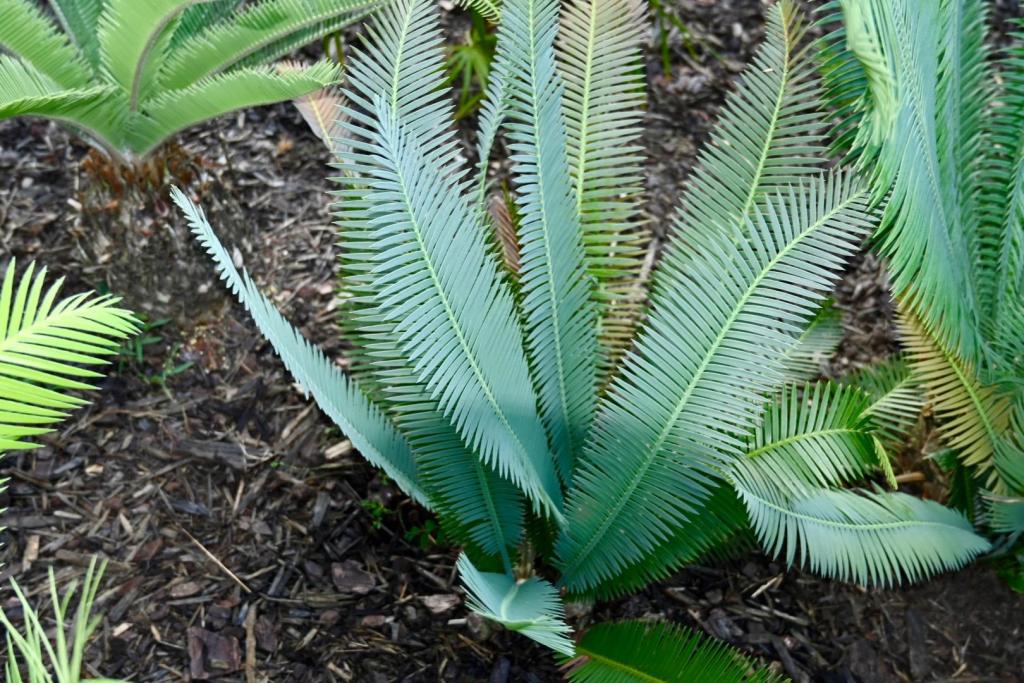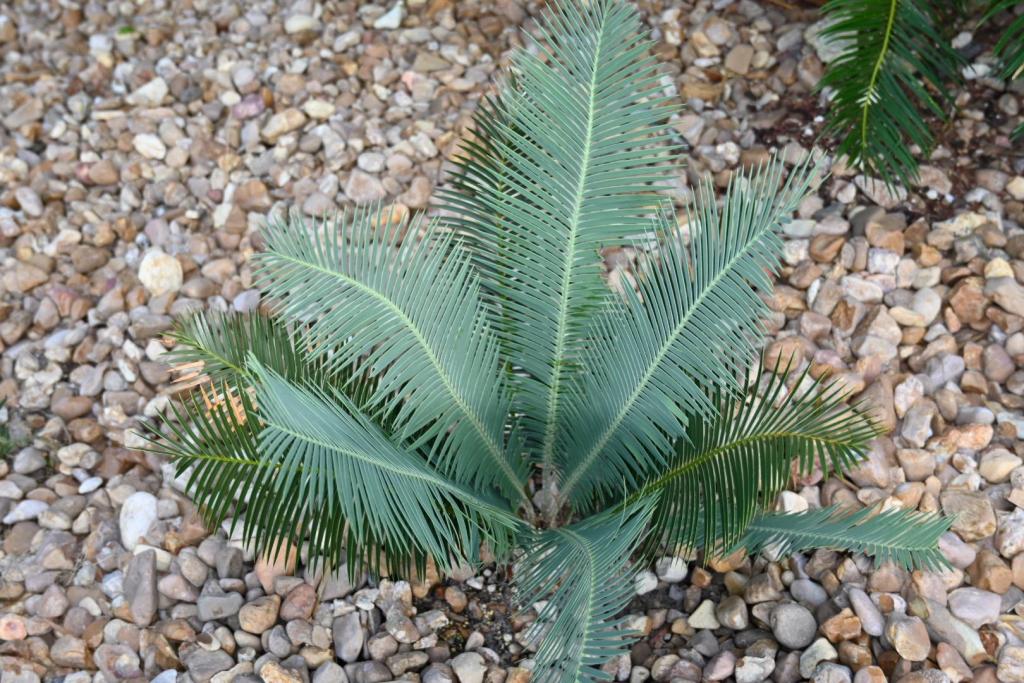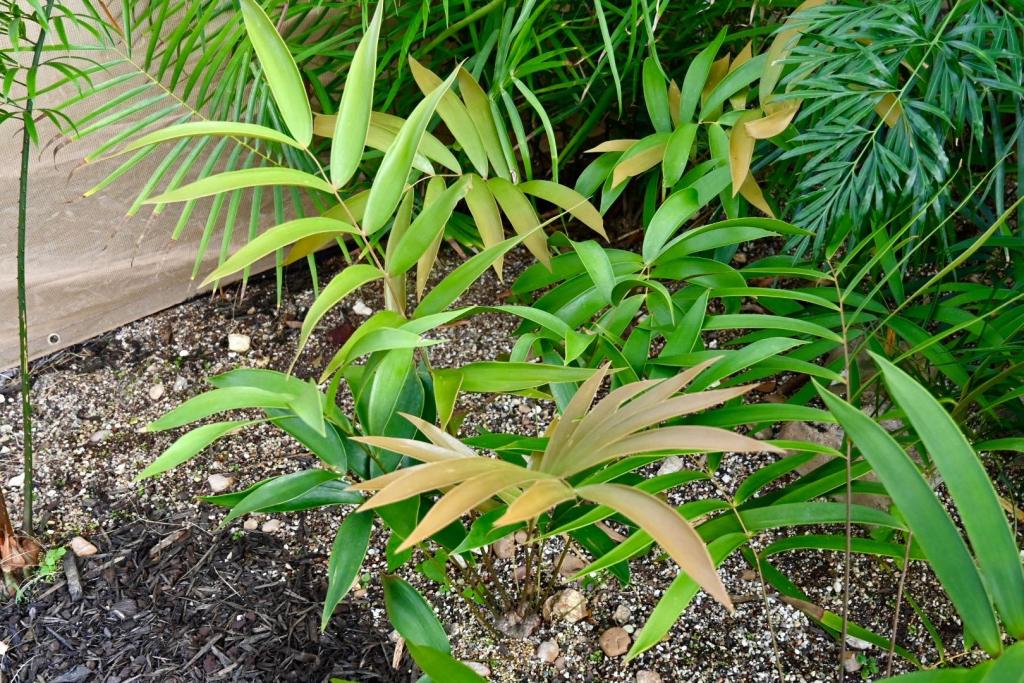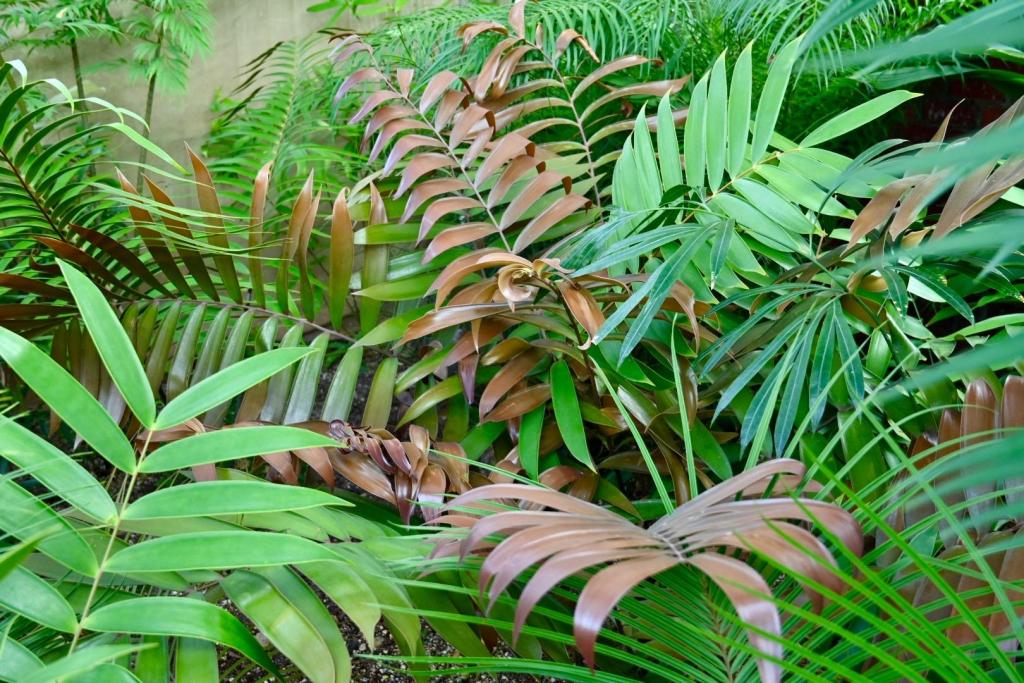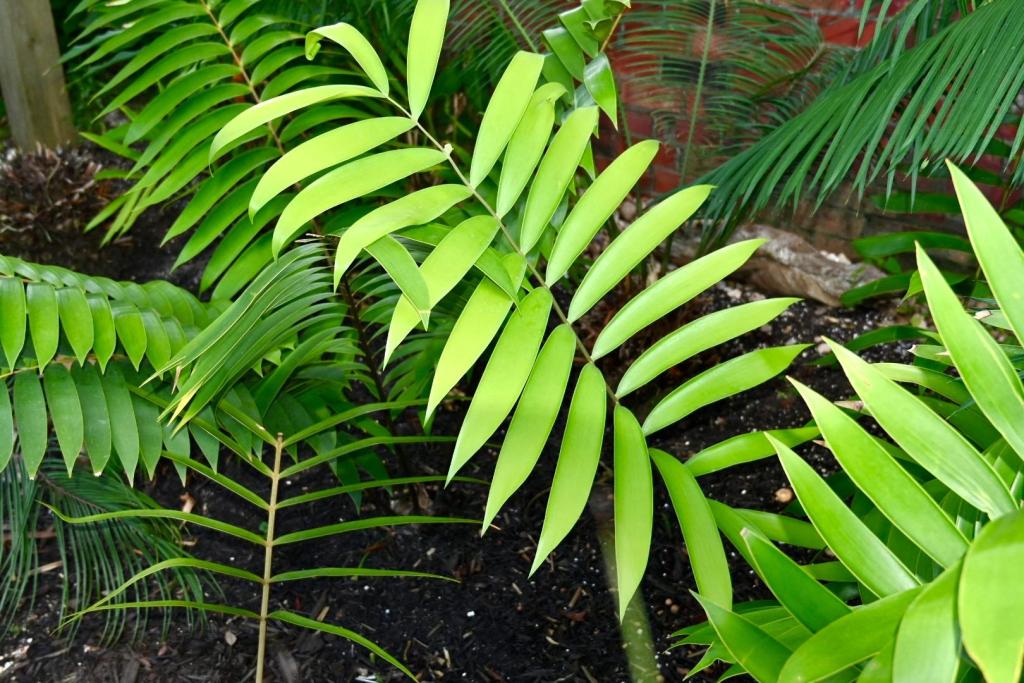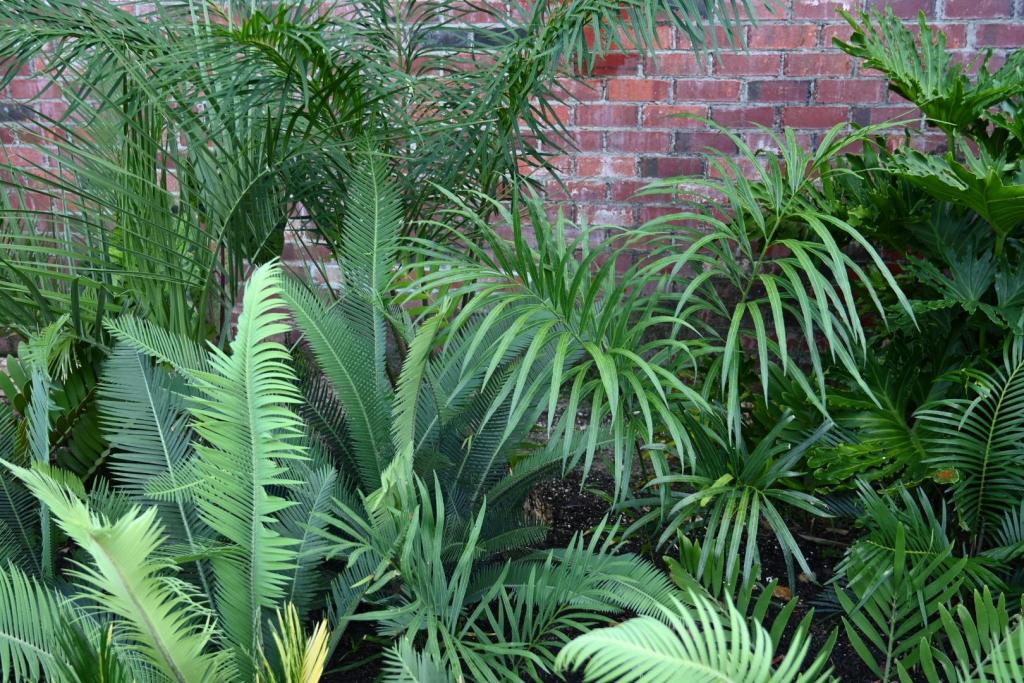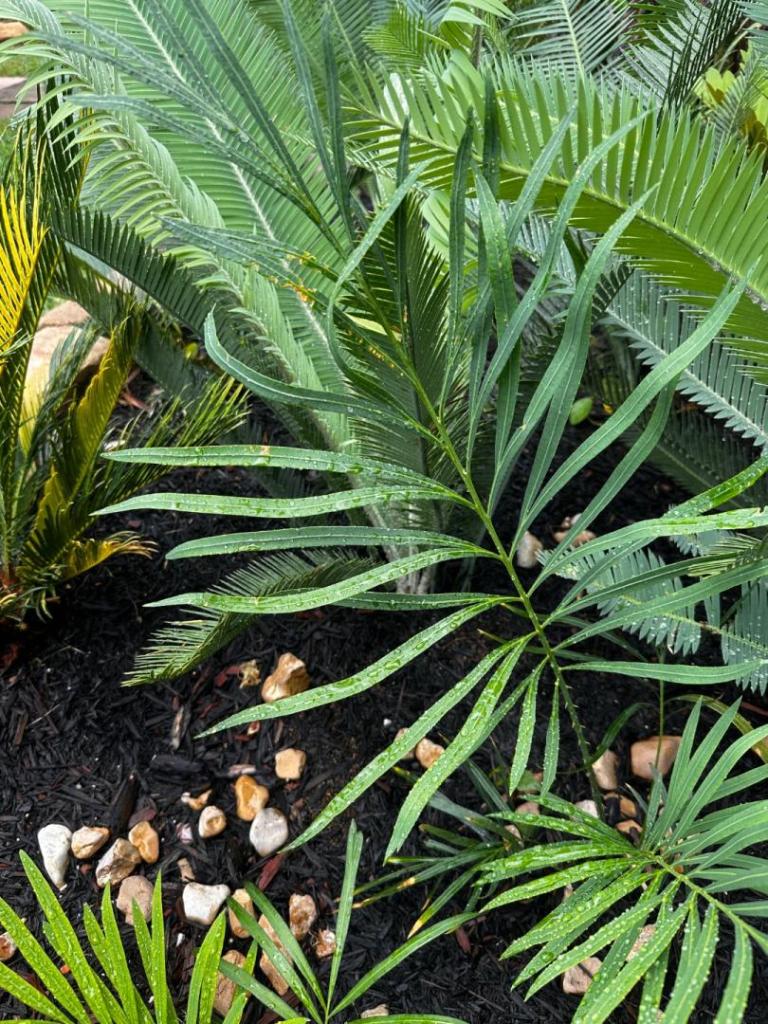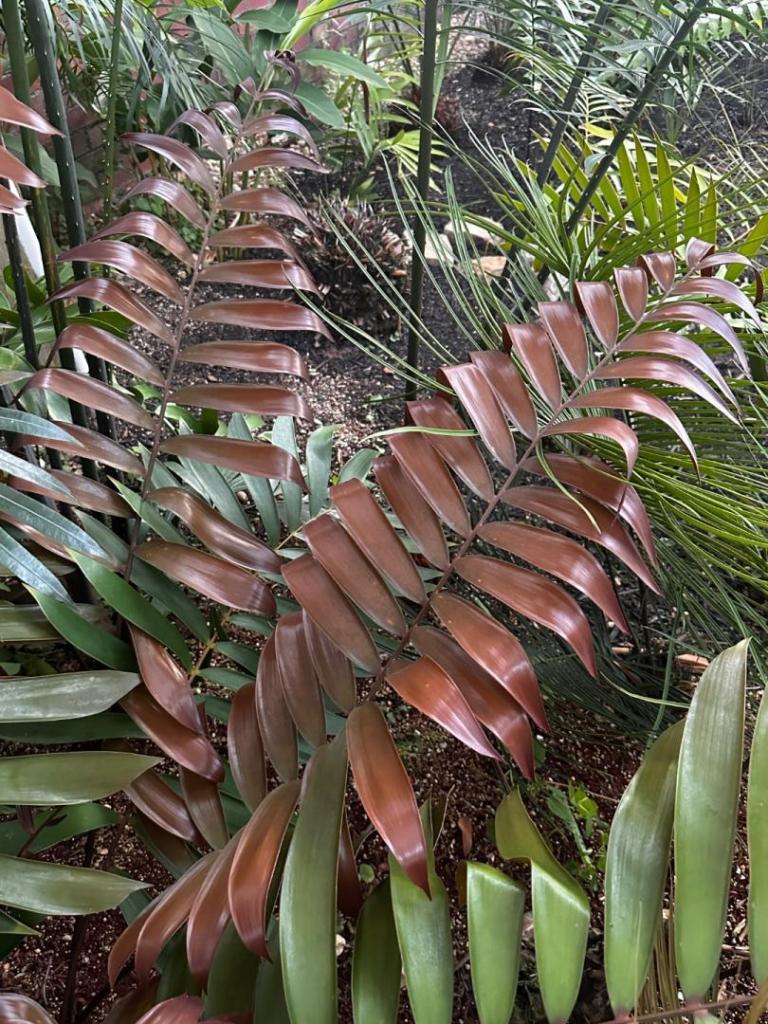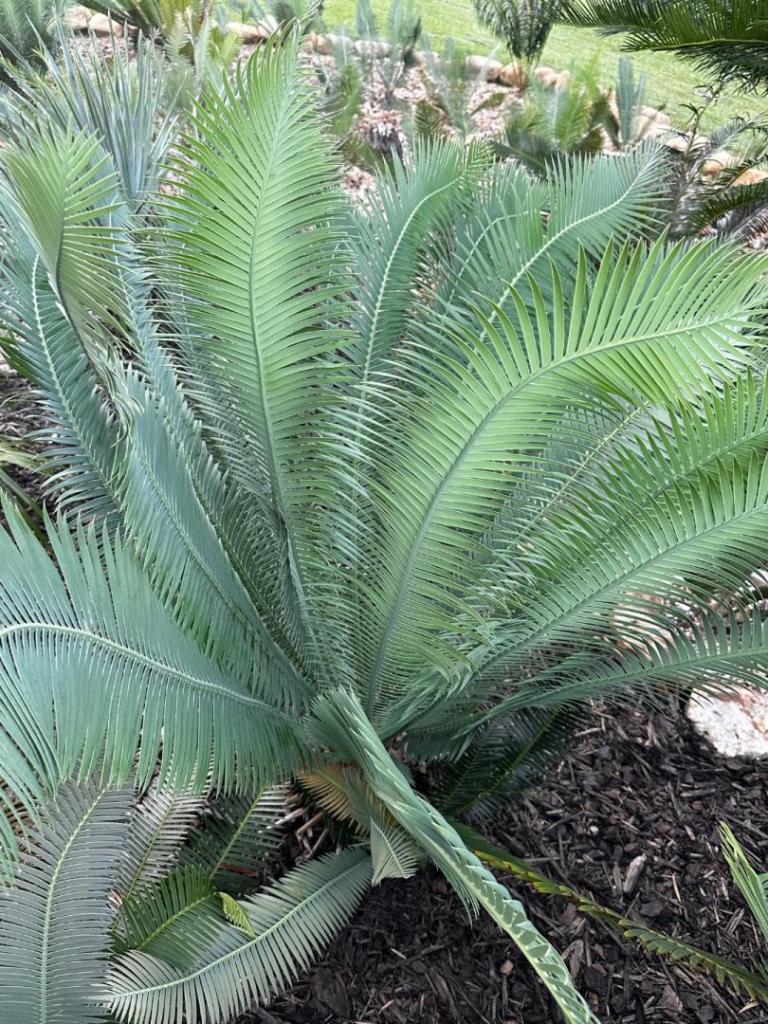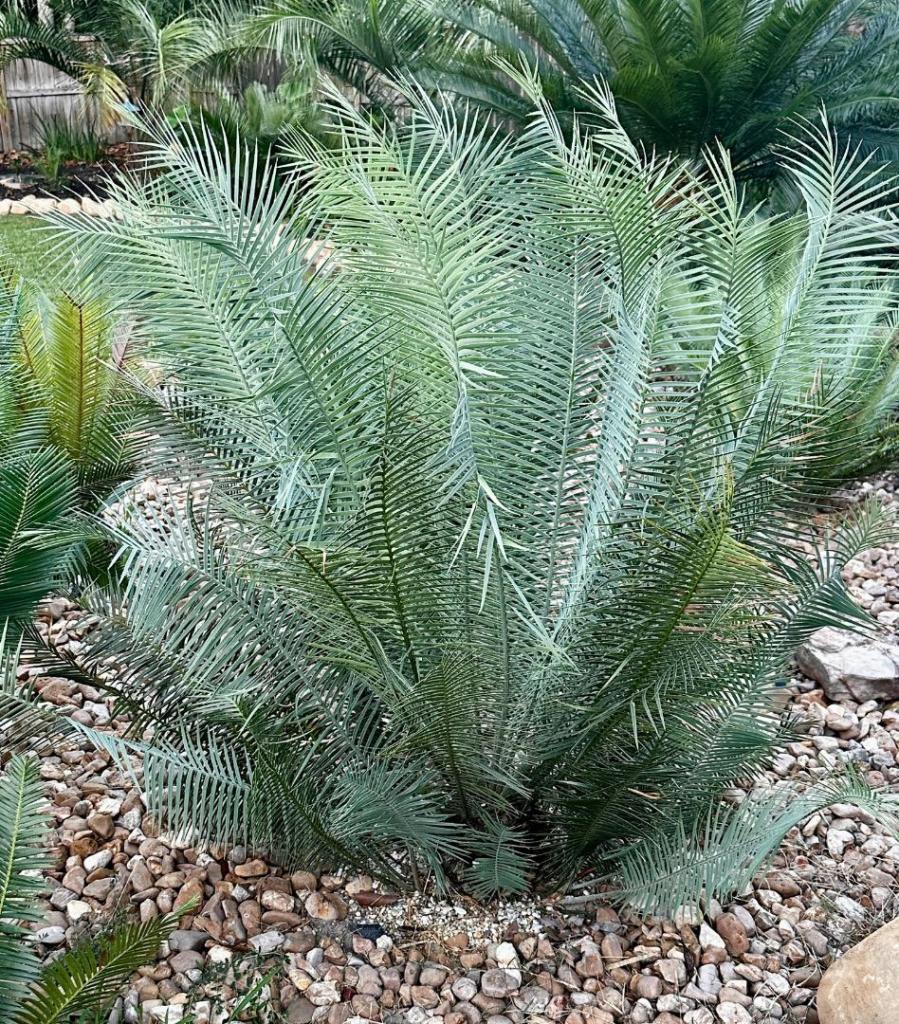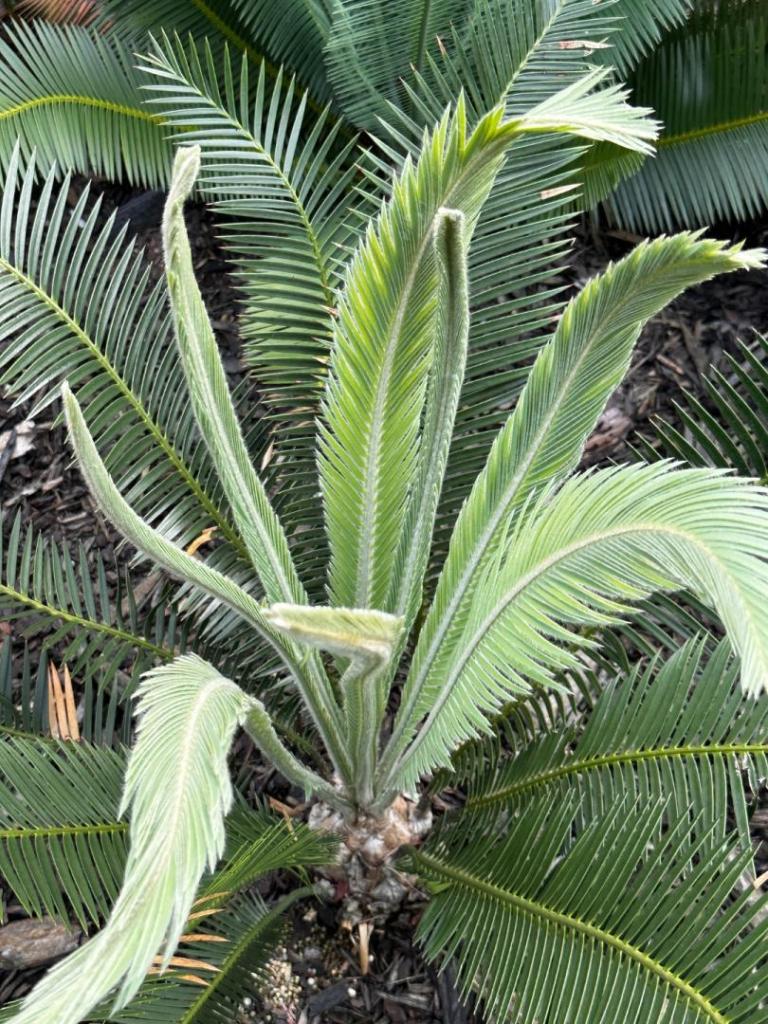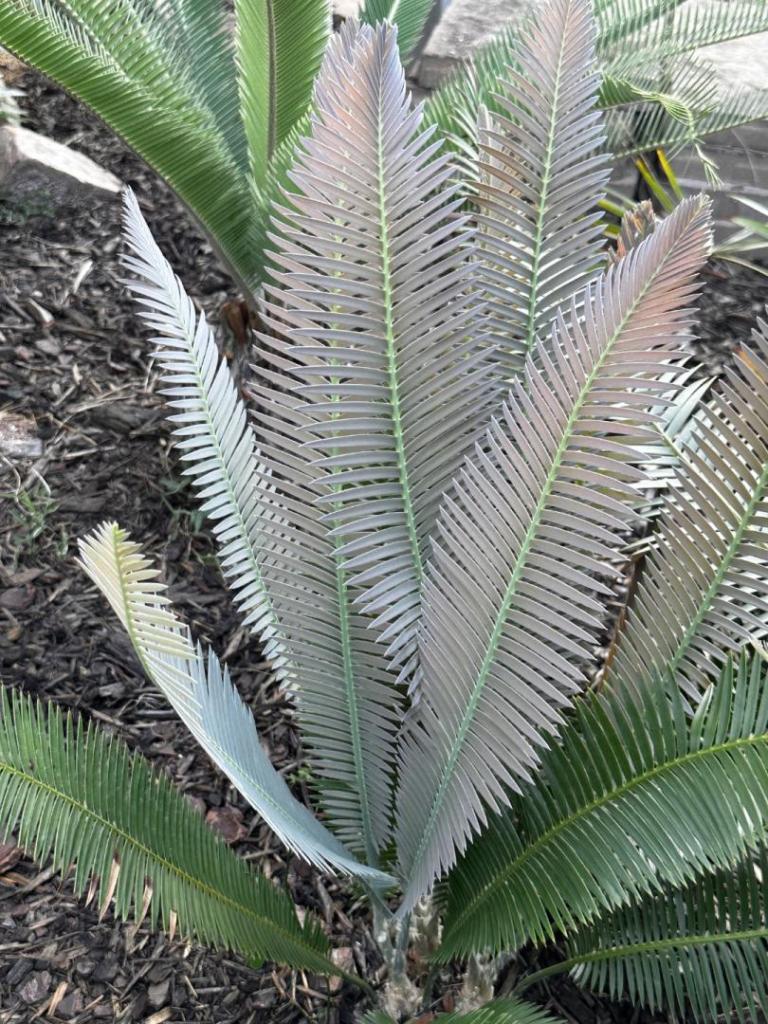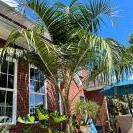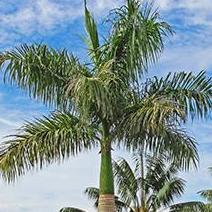Leaderboard
Popular Content
Showing content with the highest reputation on 07/17/2024 in Posts
-
9 points
-
As summer and the heat arrived to Hungary I will post some pictures of my garden 😁 Palms and plants that I have planted outside: Phoenix canariensis Phoenix Sylvestris Butia Capitata Brahea Armata Sabal Palmetto Trachycarpus fortunei Trachycarpus fortunei x takil Chamaerops humilis Syagrus Romanzoffiana Rhapis excelsa Washingtonia Filifera Cyathea Australis Dicksonia Antarctica Cycas Revoluta (and another type of cycas which I have no idea how is it called) Lots of type of yuccas, agaves, alocasias, colocasias and others 🙂7 points
-
5 points
-
5 points
-
4 points
-
A common fruit here in Hawai’i, known as Ohi’a ‘ai, blooms and fruits abundantly once a year. A beautiful scarlet fruit with the shape and crunch of a pear and is mildly sweet. To me its subtle taste has a rose water flavor. It flowers and fruits from the stems and branches well hidden within the dense leafy mid sized tree. The skin is very thin and they bruise easily, lasting only a few days when ripe. Here are a few photos. Tim4 points
-
4 points
-
Okay, so, up on my experienced (geriatric?) soapbox I go. How do I love queen palms? And how do I or others hate them. Oh the many ways relating to their being and biology. Here in Southern California Queens rock, our climate is a lot like their native land in Sou-ha'merica, Argentina, Paraguay, southern Brazil. If you have soil that's actual ag dirt, and not alkalai-hell dirt, they just grow like hell. Deep green. Fat, happy. thirty feet in like 7 years. Thick and tough enough to stop monster trucks and yeah, I've seen a number that did. Full sun, the fuller the better, but will take half a day. 18 inches across the trunks, and the trunks are full of fibers not water. These ain't no candy-assed Roystonea trunks. They use these for pilings in the sea, and "shipworms" don't mess with them. Fibers woven with other fibers, not just "bark" and sponge underneath. The roots are greedy. (Slapping self to stop editorials.) Weeds and other plants don't like growing beneath them. Good places for gravel/chips etc. for mulch. The original street view for google maps of my place shows a bunch of queen palms, the year before I had another dude remove them for his palm ranch in Corona. (Tried to get him into other palms, but he said no.) Still do my best for the volunteer babies. People who want them are glad when I plant them for them, and encourage them to come explore other options. But, queens rock. Bay-bay, yes they do. To be continued.4 points
-
4 points
-
A couple of quick photos from Google Maps (Feb. 2024). Lakeland City Hall: Has added some trunk and frond width since this photo 5 months ago. Barnett Park: Those who went on the summer CFPACS tour remember this one. It looks a LOT better than in this photo now and was impressive during the tour. Lake Wire: They pruned this instead of letting it self-clean. It's a relatively recent addition. I'll get some better photos of these next time I'm downtown. Mine is growing well, but still a little smaller than these since I bought it small.4 points
-
That’s an awfully big category since there approximately 1,000 different species of fan palms. Were you referring to any particular species of fan palm?4 points
-
4 points
-
4 points
-
Absolutely one of my most favourite palms I just love chamaedorea palms especially the adscedans var something about that variety that just sums up a small palm in perfection it may be the one that challenges my cultivation every season pollinating them it’s so satisfying having a single female plant that’s isolated and producing seed on it they just grow so well in my climate I attribute that to the black sandy soil it seem to be what they want whatever it is there special to me.3 points
-
3 points
-
Royals grow fine here, if you water them. That's the big limiting factor.3 points
-
2 points
-
Every time I visit our chocolate farm in El Salvador, I try to take seedlings with me to plant there. I also have sourced non-palm plants locally (Couroupita guianensis, Delonix regia, a number of different Handroanthus, Ceiba, Mahogany...but the selection of palms locally is pretty slim. We are in the process of planning a new home construction (and the rest of the acreage is cultivated) so I don't have a lot of confidence with planting much yet - I don't want to end up having things ripped out or damaged when it comes time to build - but I have planted a couple of things over the last few years which seem to be doing ok with no irrigation. The dry season here can be brutal. I hope to start brining in some really exotic species once the house is built and we have irrigation in place. This is a really wonderful property and I have a lot of space to play around with. 20240703_052837.mp4 This is some of our heirloom cacao. Tested by USDA and confirmed criollo (of the 10 or so identified genotypes, criollo is the least common but occurs naturally in Central America. We found this particular variety growing wild in a nearby canyon and have cloned a whole lot with it. I like the maroon color on the new flush. First are these kerriodoxa - I planted two and both are going great! they are under a giant Ficus inspida (I believe). Then we have a duo of Chrysalidocarpus leptocheilos. Really excited about his one, as I have not seen these here anywhere. This, I believe, is Livistona saribus A bismarckia nobilis And a few Ravenala as well.2 points
-
???? I can understand someone saying that Washingtonia robusta is synonymous with Southern California, but being a second generation native, I hardly think of Syagrus romanzoffiana as an iconic representation of Southern California, They didn't really burst onto the scene in the suburban sprawl until maybe 40 years ago. Washingtonia robusta's date back at least a century as street plantings in California and common yard plantings. My first home in the late 80's I opted for a couple of Rhopalostylis sapida rather than Queens even though at that time only a few people were planting Queens in my new Carlsbad subdivision... so much more elegant a palm are those Shaving brush palms. It wasn't until the 90's that every other lot being developed in southwest Carlsbad had a mix of Queens, Pygmy date palms and maybe a Sago "palm" or two (Cycas rovoluta). At about that time we said goodbye to all the regional hardware chains and shortly thereafter many of the regional nursery chains and Home Depot moved in. They were followed by Home Base, which later was acquired by Eagle Hardware and then gobbled up by Lowes, where most of these palms are now sold. Not to mention the many independent nurseries that have closed over the decades that had more eclectic buyers than the chains can claim. Perhaps that's why I don't want my yard to look like a Home Depot parking lot in the way of plantings. I miss Sackett and Peters, Builders Emporium, Stallings Ranch Nursery, my local Ace Hardwares where the owners were often behind the cash register. I don't miss not planting Queen palms that go with the new mass merchandise nationwide chain retailers.2 points
-
Two years ago I planted a few two inch Java Blue Bananas. It doesn’t take long. First bunch harvested, A few more immature bunches on the plant. This bunch started forming before winter, saw a number of frosts which burned back the leaves, but the bunch kept growing which may account for the smaller sized fruits. Vallejo, Northern California, 9b. 🍌2 points
-
Thoroughly amend your clay, and it's about the best soil you can have. The only thing that's better is river bottom silt or dirt with gold nuggets or diamonds in it.2 points
-
It sounds crazy but I like how the trunks look stunted/bonsai even when planted out in the landscape.2 points
-
2 points
-
It is possible to grow palms long term in containers it just take a long time obviously but repotting into the next size container that may take 5 years or more the Kerriodoxa is 22 plus years old in the photos they sort of become bonsai if I was to plant it in the ground it would take a couple of years to start to get a move on most likely sulking for the first year Howea fosteriana will live in containers pretty well much indefinitely small patio palms may never be planted living there entire life in a container it comes down to how good a grower you are knowing your soil fertiliser and watering schedule once you learn it bingo it’s easy to keep a plant pretty well much indefinitely.2 points
-
They do rock! They are Southern California icons. It's an image. A way of life. The Queens ooze the Southern California lifestyle decades in the making. Awe inspiring feathery pinnate ornamental elegance. Mine are growing in clay and super happy with the nutrient rich soil. But I am still amazed things grow in this clay. If I don't water frequently enough during our dry season the clay dries into concrete and it becones water impervious. It takes time to get the water to penetrate once again. Yet they still flourush. They know they are in the land of So Cal. Queens forever!!2 points
-
Hmmm. Okay, in my time I've loved queens. Palms that is. When I came here in 1985 I wanted to get a house and get some palms, and in 1986 I did, in Highland, right next Norton AFB. Closed escrow on Sept 2 and bought a bunch of five gallon queens on Sept 3 planted them shortly after, I was a happy young dude planting his first palm trees. And, some are still there after nearly forty years. Sold the house, went to college at UCR, lived up hill from the campus and OF COURSE I planted a few queens there, too in 1990-1991. They're still there. Landlord approved, I moved, he died, new owners like the palms apparently. In law school, I discovered the palm society, and the downward or upward spiral began. Palm snobbery set in. I raised palms in a home container ranch and sold them for cash to whoever wanted them, and it was gratifying to see how many did.2 points
-
Just my take, but I think they always look their best; a magnificent palm.2 points
-
I wouldn't have thought that, but since you pointed it out -- yeah, very-short-to-no petiole, much like A. catechu dwarf. However, comparing the two side-by-side, you would never mistake one for the other. Not the extreme recurve nor overall breadth of the frond of a dwarf A. catechu, and of course the thin trunk and red crownshaft are dead giveaways for A. macrocalyx. But hey, they are both Areca genus, so, yeah, but no.2 points
-
2 points
-
Here's my example of a pygmy date palm that I grew from seed I started 27 years ago. Not exactly 'pygmy' size anymore, but it has taken everything that the Arizona desert has thrown at it in stride. 120F + temps in the summer,23F on its coldest winter days over the years. It is planted on a western exposure and receives full sun from about 11am on. Always looks good,even with minimal water,as I only water it about once a week by hand,and that's if I remember... There are tens of thousands of pygmy dates already planted across Arizona, so those sheer numbers alone prove that it is an acceptable species for the average homeowner to grow here successfully. aztropic Mesa, Arizona2 points
-
I'm 81 now and was in great shape until March when I came down w/shngles. Yea I got the shots and still got it. Then as that was clearing up something swelled up below and to the right of my belly botton. After an Ultra Sound, a CT scan and a MRI my Dr's said they don't know what it is but it's not a hernia or any cancer. Pain is gone now but still swollen enough that bending over to put on socks or shoes is uncomfortable. As they say getting old is a bitch but it beats the alternative. LOL Anyway back to palms....I can finally use my weed wacker for the first time in 3 1/2 month. Spent about 3 hours w/a lunch break clearing the "back 40" which is a triangle of land about maybe 2000 sq feet... Some day I'm gonna measure it. LOL. It's the are labled Plumeria Patch. None there now but 40 years ago I was selling the flowers until I realized it was a twice a day job 7 days a week so I quit doing that. That long straight boundary is 700' long. Oh yea it' 2 acres. Here are two photo's before and after. I'll add some of the palms up there. Not to many planted way back there. This is in the lower portion of the "patch" looking at the long straight white line.2 points
-
2 points
-
That photos is in zone 13a. But yes if I was zone 10a such as Mediterranean Spain for example I would have other species like royals and foxtails, but at least one queen palm. Zone 10a in the UK I doubt can grow royals because the temps are too cool for too long, even if the winters are mild without freezing temps. Even in London I only have two queens in the ground and I have loads of species including, archontophoenix species, chamaedoreas, Chambeyronias, phoenixs, Jubaeopsis, chrysalidocarpuss, washingtonia, sabals, butias,, allagoptera, acoeloraphe, arenga,brahea, livistona ect ect. Pretty much any species that can handle cool periods. I wouldn't have only queens but a few are nice.2 points
-
2 points
-
Hi. The update is that we have taken guidance from the Kew team (Dr Dransfield in the UK and Dr Rakotoarinivo in Madagascar) and are preparing the paperwork for botanical samples to be collected and exported, to allow for proper identification. The process is being delayed because although the collection permit is written and signed, the person who should hand it to us is on a mission in the bush. Without the paperwork, Kew can’t export the material to the UK for genetic analysis so we are being patient and putting our ducks in a row before we do anything. I’m hoping we can ship the samples to Antananarivo this week.2 points
-
2 points
-
1 point
-
It never ceases to amaze me how/why the big box stores can have Pseudophoenix sargentii (buccaneer) and Hyophorbe verschaffeltii (spindle) shipped to sell in Connecticut and Virginia but not to deep south Texas where they have a shot at life. 😞 And you can't make a special order to get them either.1 point
-
It's a lovely garden with wonderful views and a fine collection! Very nice! I wouldn't have expected to see such a tropical look in Hungary, well done. I hesitate to mention, but ... If it were me, I would not be so hasty trimming up the Brahea so high and tight. I like the look of a fuller crown.1 point
-
OK, the greensand is in. The soil didn’t seem excessively wet so I left the irrigation as is. The roots looked plentiful near the surface with a few growing slightly into the gravel mulch. Thanks everyone for your help and wish me luck 😃1 point
-
Tim am I seeing things or does one of them have leaves like A catechu dwarf ? I bought one of these last year but it decided to croak after a few months. I would like to try again but they are fairly pricey here and there is no guarantee of a red crownshaft either. When you go to Tasmania, can you chuck a red one out of the plane window as you go over Brisbane please ? Peachy1 point
-
Scott, Diamantina archeri is a morphotype identified by locality. Archeri var archeri is something I haven’t heard from my contact in Brazil, I’m not saying it’s wrong I just haven’t heard it referenced. Since there are a few archeri variants, locality can atleast tell you where your plant came from. Butia archeri martinho campos is another example. Similar to what is done in the cycad world, you don’t often hear Dioon edule var edule but rather a locality name is attached. If all the Dioon edule variants were called edule var edule it would get confusing. If we don’t know exactly where the seed was collected it’s just a guess.1 point
-
An interesting perspective that I can agree to disagree with. I can't disagree that a well grown "Queen" palm has a nice look. Over saturation in the marketplace is only one reason I opted for different palms when I started my current garden. I also had the experience of their roots creating problems in planters and not playing nice with other plants I attempted to plant under them. I attempted to plant a couple of Chambeyronia macrocarpa (one regular form and the other hookeri), as well as a Bismarckia nobilis under solitary Queens that were about 8 years old from 10 gallon size. The Queen roots stole all the water from the Chambeyronias and the Bismarckia, not allowing them to make any progress and eventually succumbing to a cool damp winter. It wasn't too long after that, when I decided to extract all my Queens from that garden. I opted for palms that played much nicer with others to replace them (6 in total scattered between the front and back yards). I never looked back. The Foxy ladies, and Chambeyronia hookeri that went in my back yard offer a more unique look and yes, elegance rather than just one of dozens of other Queens planted in that little subdivision. That extraction was about 20 years ago now and I would have done it sooner with 20/20 hindsight.. Back to your comment about Howea forsteriana and Archontophoenix alexandrae being "masculine", I'm a bit puzzled. I could perhaps understand that comment about some Phoenix canariansis, but have difficulty assigning masculine or feminine characteristics to other palms except perhaps my Ravenea or Chamaedorea, which in fact or sometimes male or female plants. I won't encourage others to remove their Queen palms unless they are creating some of the many challenges mentioned already (root competition, heavy leaf drop, a propensity to become invasive, messy seed drop, high maintenance, sold incorrectly as drought tolerant, etc.). At the same time, it probably is the last palm to come to mind as a recommendation for someone in a true 10B San Diego garden. I hesitate to call my garden 10B but would recommend many things growing in my garden to someone in a 10A or 10B here, such as Howea forsteriana or belmoreana, numerous Chrysalidocarpus species, Cyphophoenix elegans or nucele, many Chambeyronia species to just start naming a few. I am happy you enjoy your Queens.1 point
-
1 point
-
Ever since visiting Florida when I was much younger I was always enamored by the flora of what I thought was like a "tropical" forestland. Any time I took a road trip south I would keep my faced glue to the window looking for any apparent change in tree and plant life to show itself, palmettos were one of those things I always looked for. This is off the interstate I-75 in Forsyth and as far as I know is the furthest north and inland that I have seen a palmetto growing wild. I would have to drive another hour and a half to see another specimen growing by the roadside, starting in Dublin but even then you don't really see them in force until you get close to Savannah. I say wild because, while I don't know for certain that this tree came here naturally, all the evidence seems to indicate it. It's right on a fence (which the tree has in part destroyed) perfect for a bird who just gorged himself on some palmetto fruits to perch on. There are no other palms planted for decoration in line of sight. And the whole thing is completely unpruned, as old and dead leaves are left on the tree and found lying around the base.1 point
-
1 point
-
1 point
-
1 point
-
I am a horticulturist and used to run my own landscape business. I now work in another unrelated industry. Horticulture is my passion. My current job pays the bills.1 point
-
I hold a horticulture degree and possess certification as an arborist. My affinity for plants has been ingrained in me from a young age, making it a significant part of who I am. Personally, it serves as a lifeline for me, especially in a world that I don't always resonate with...1 point



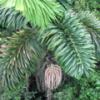
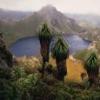





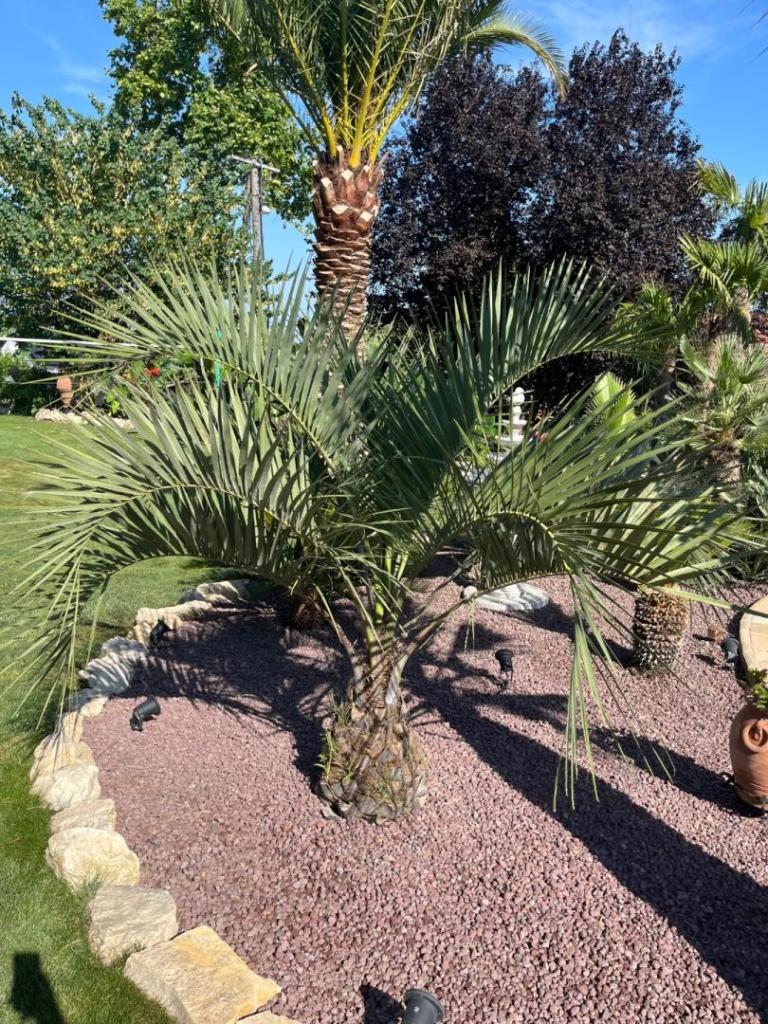




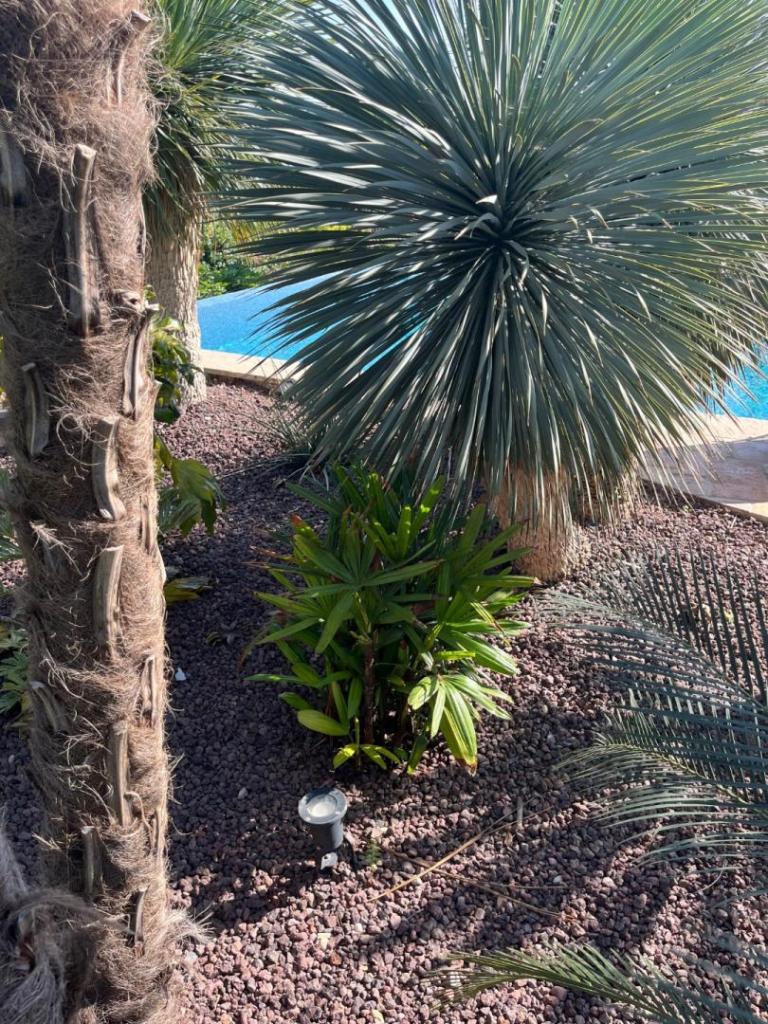

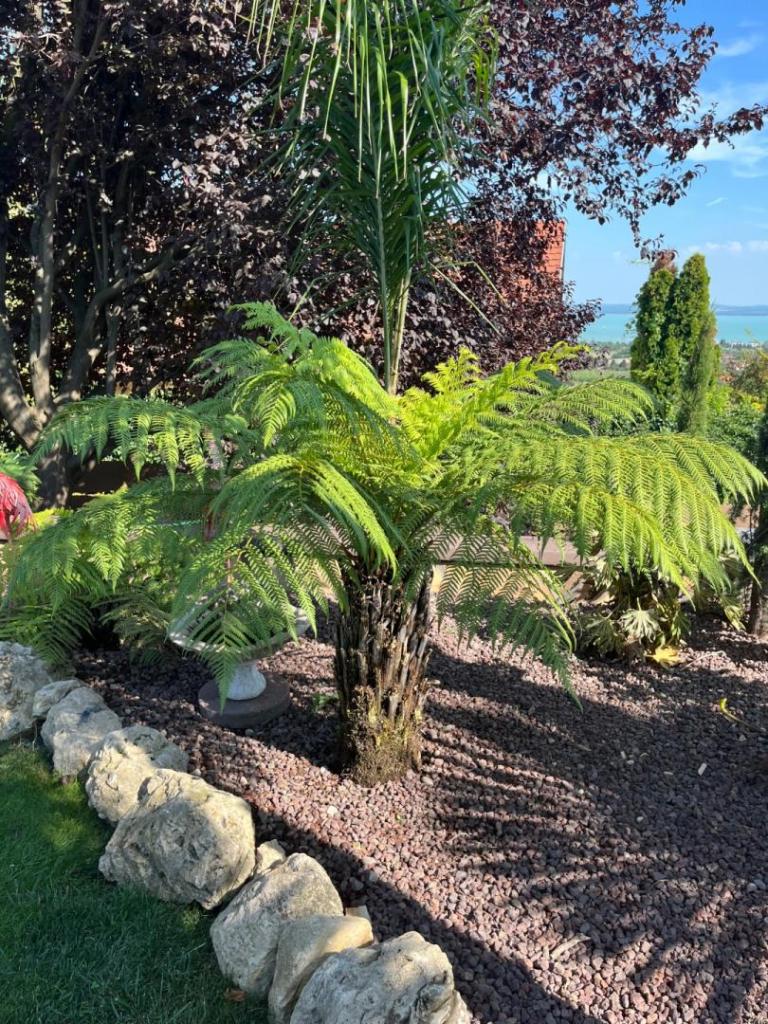

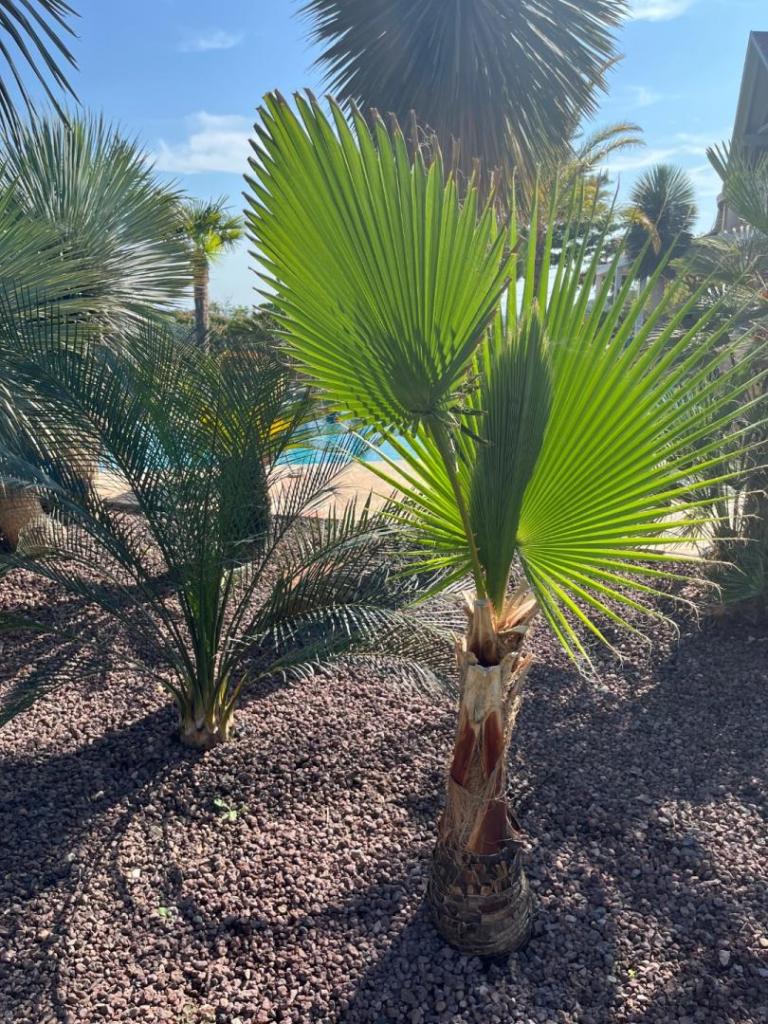
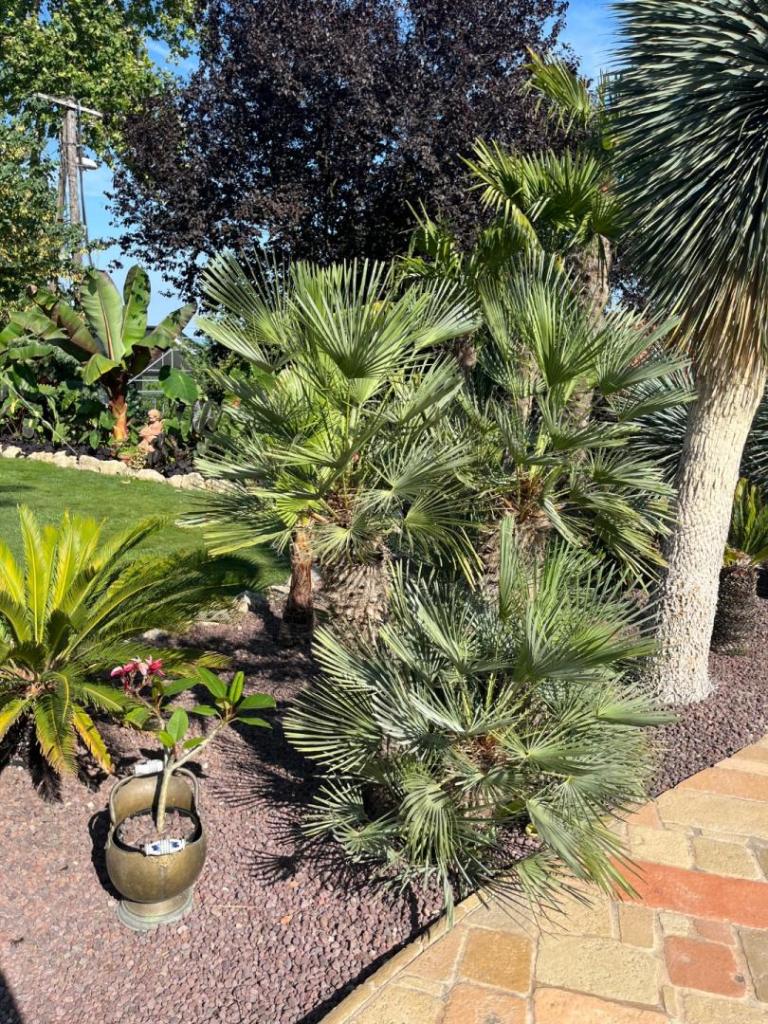








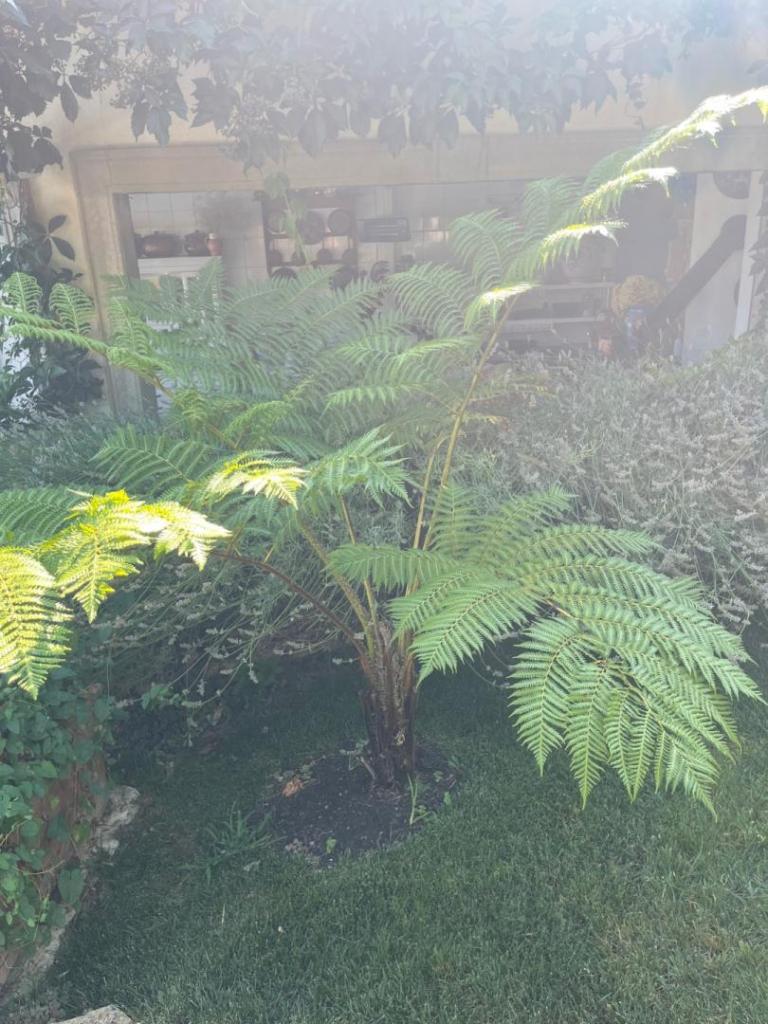




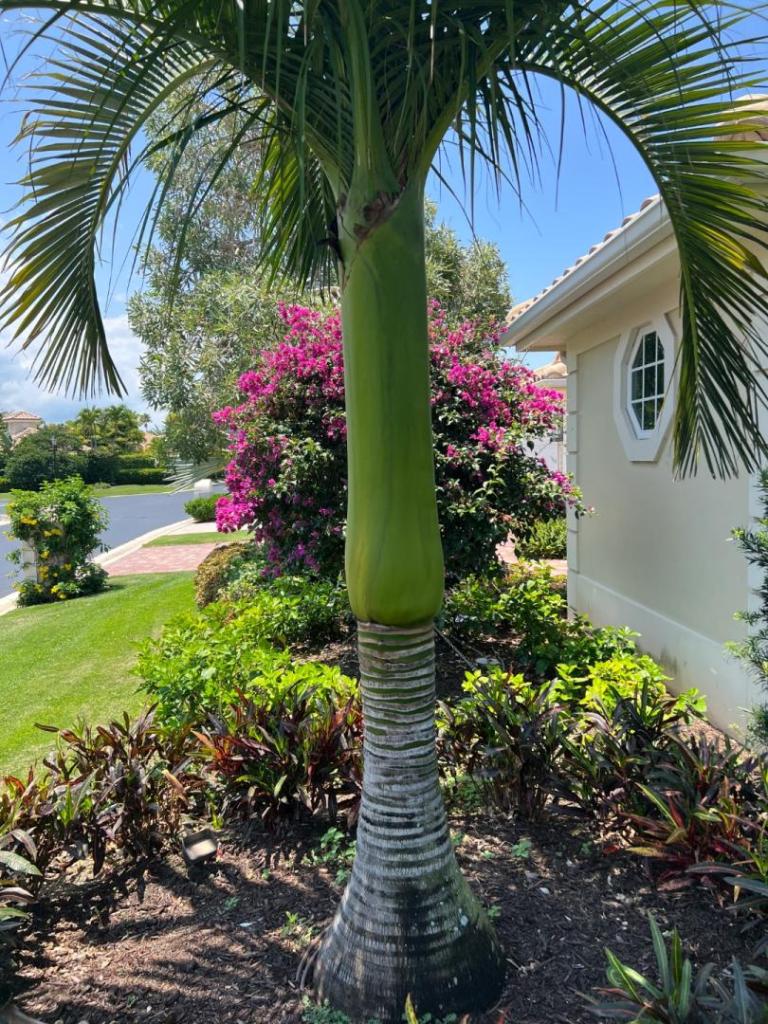
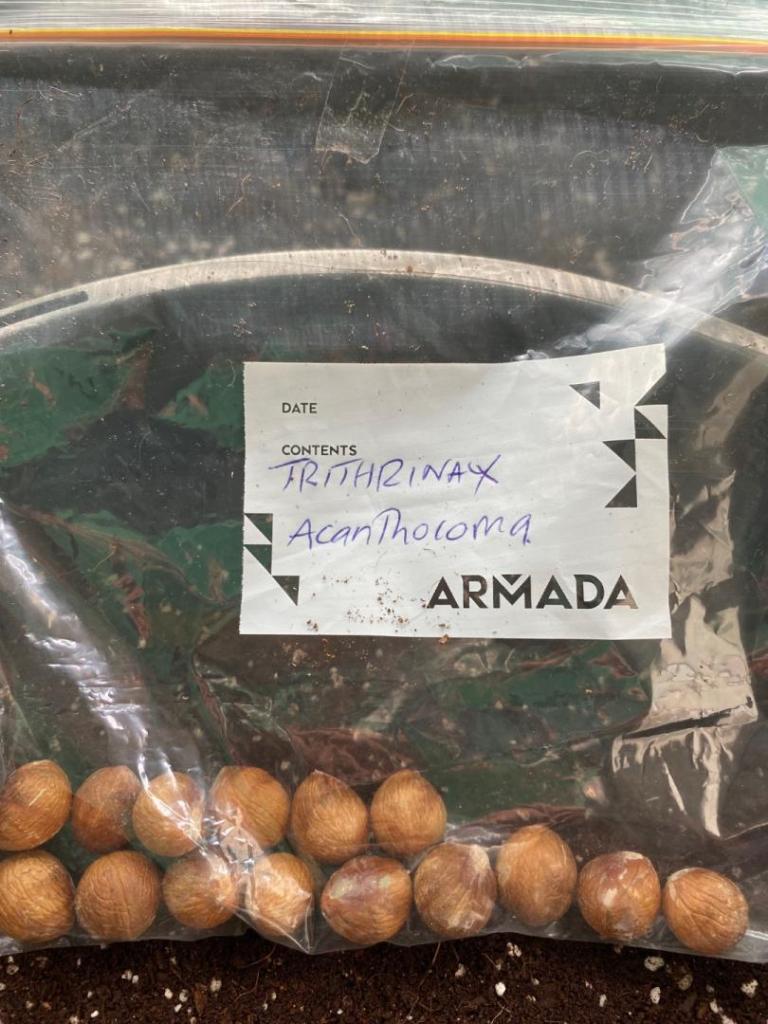
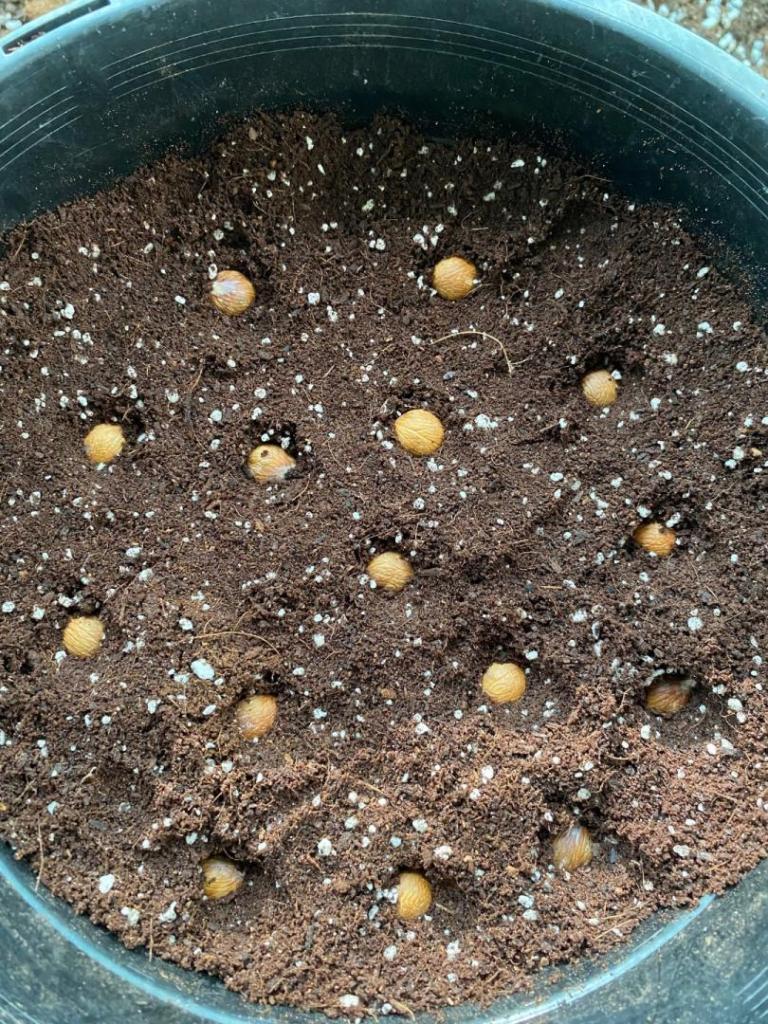




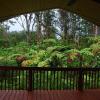

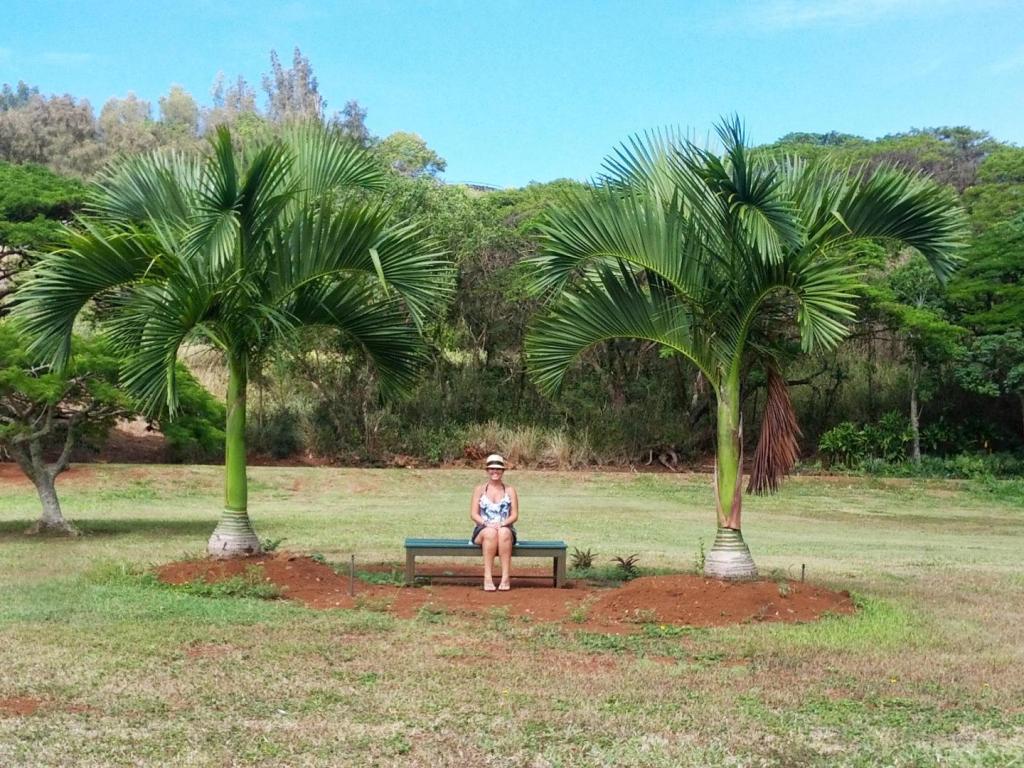



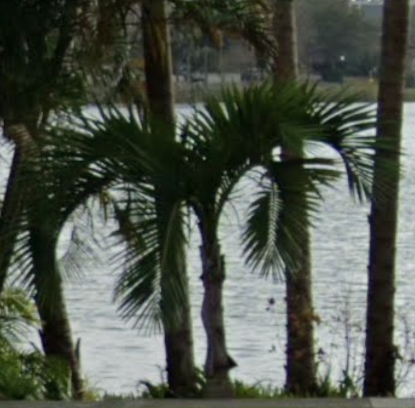








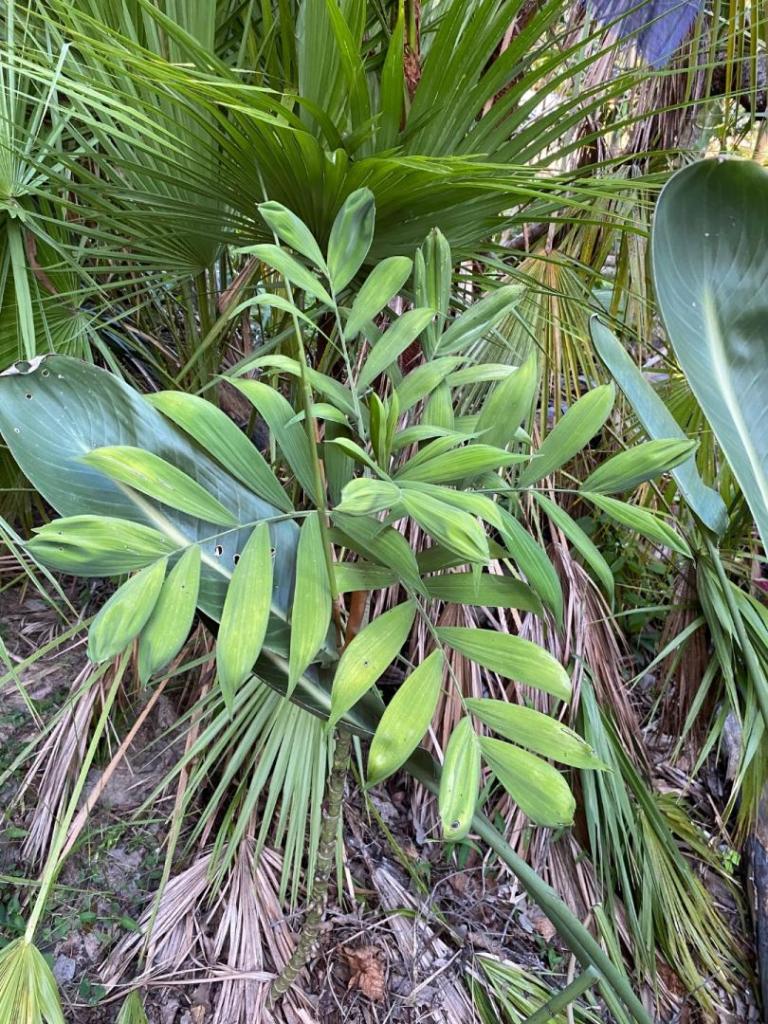

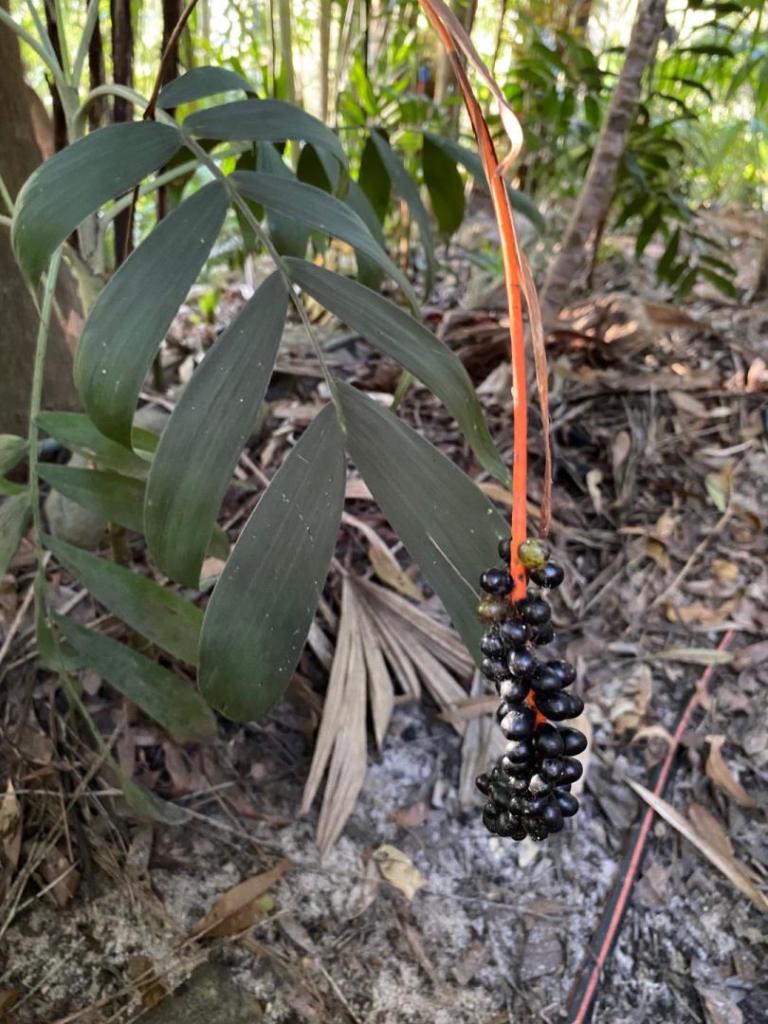


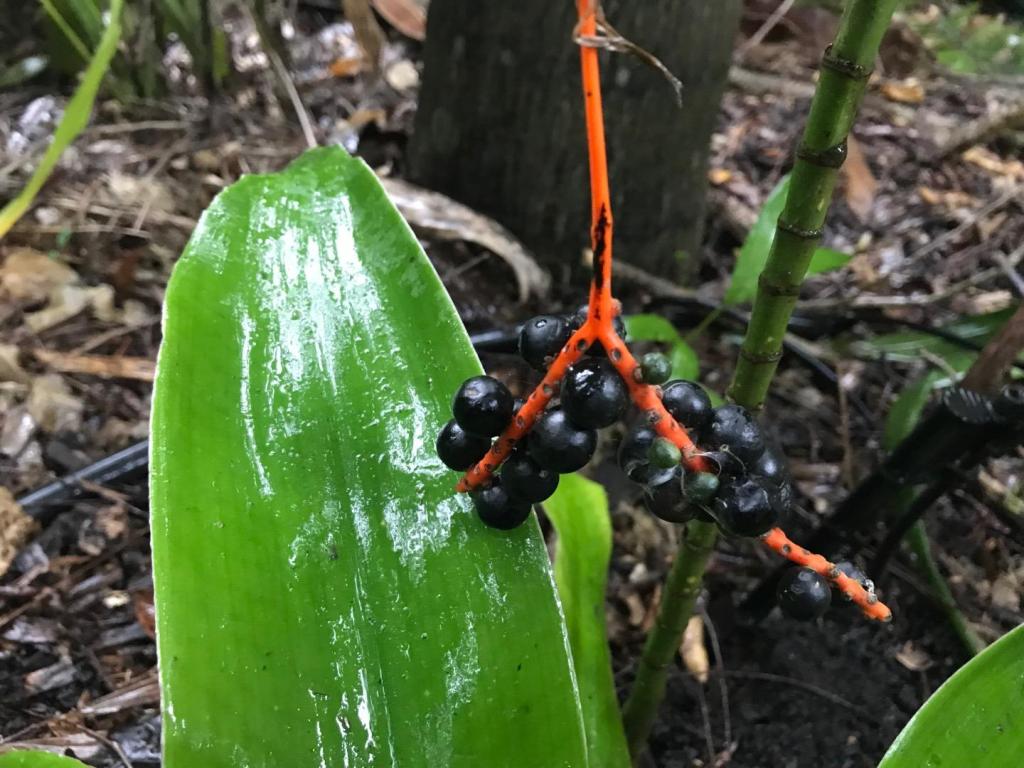
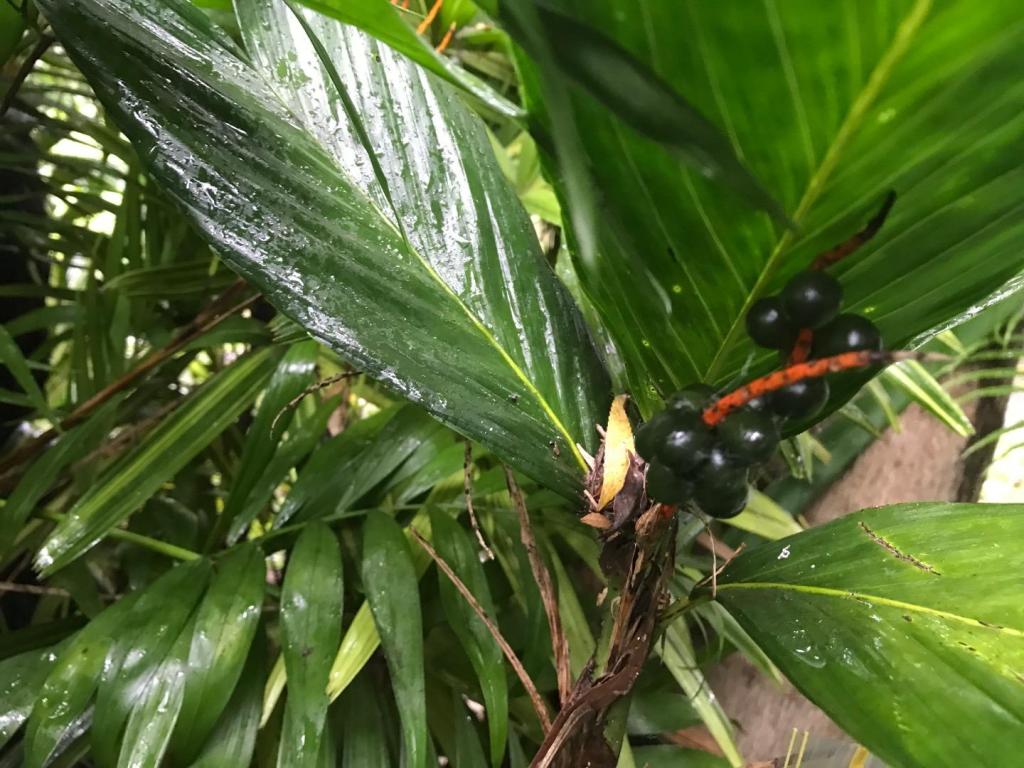
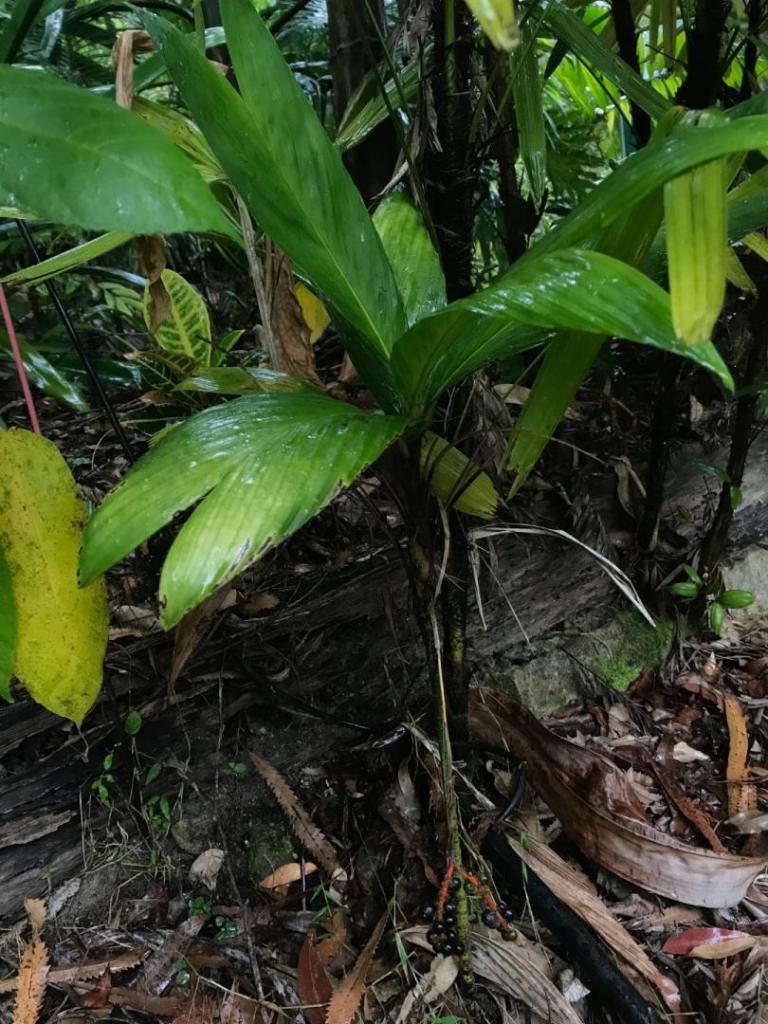




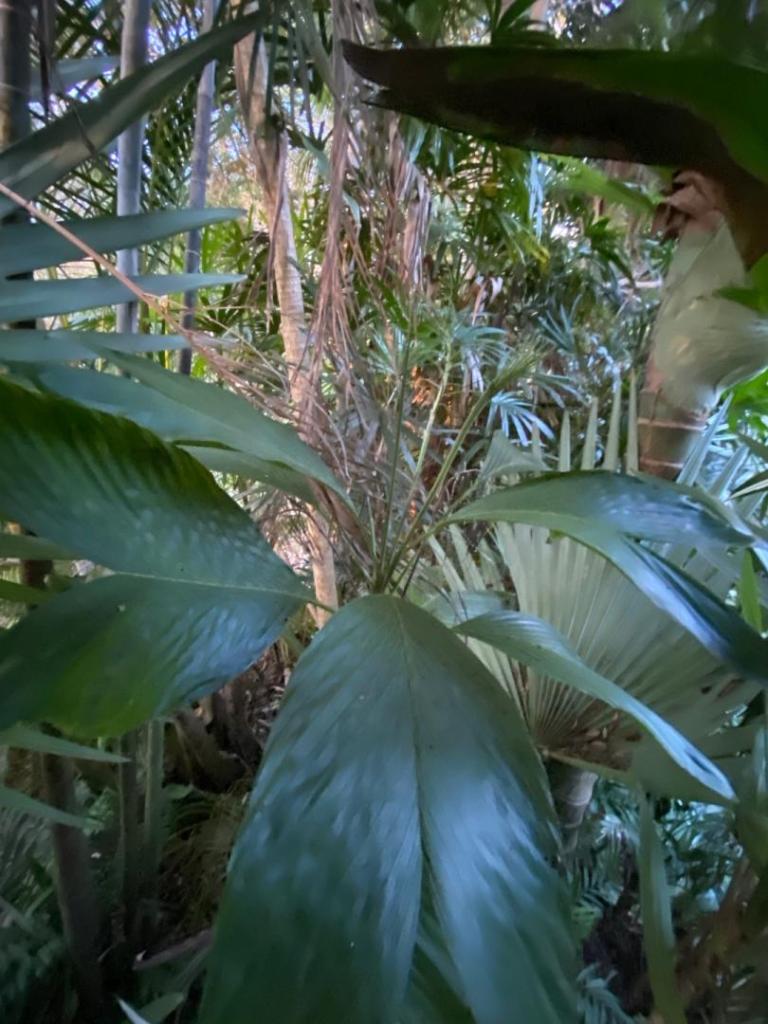










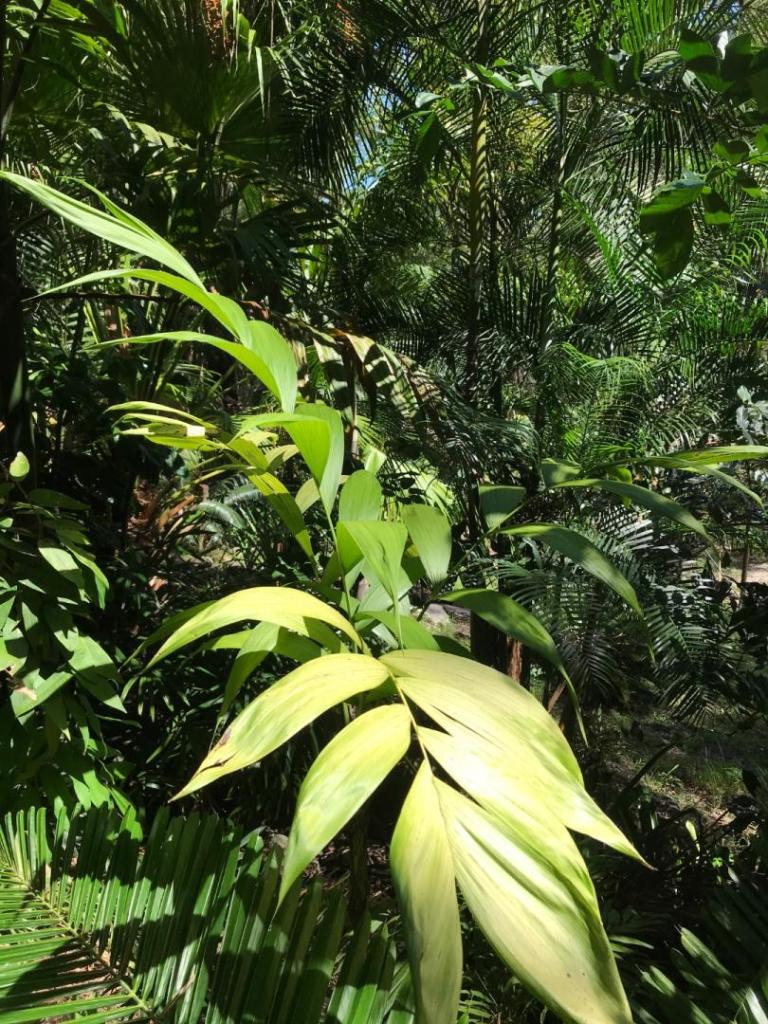














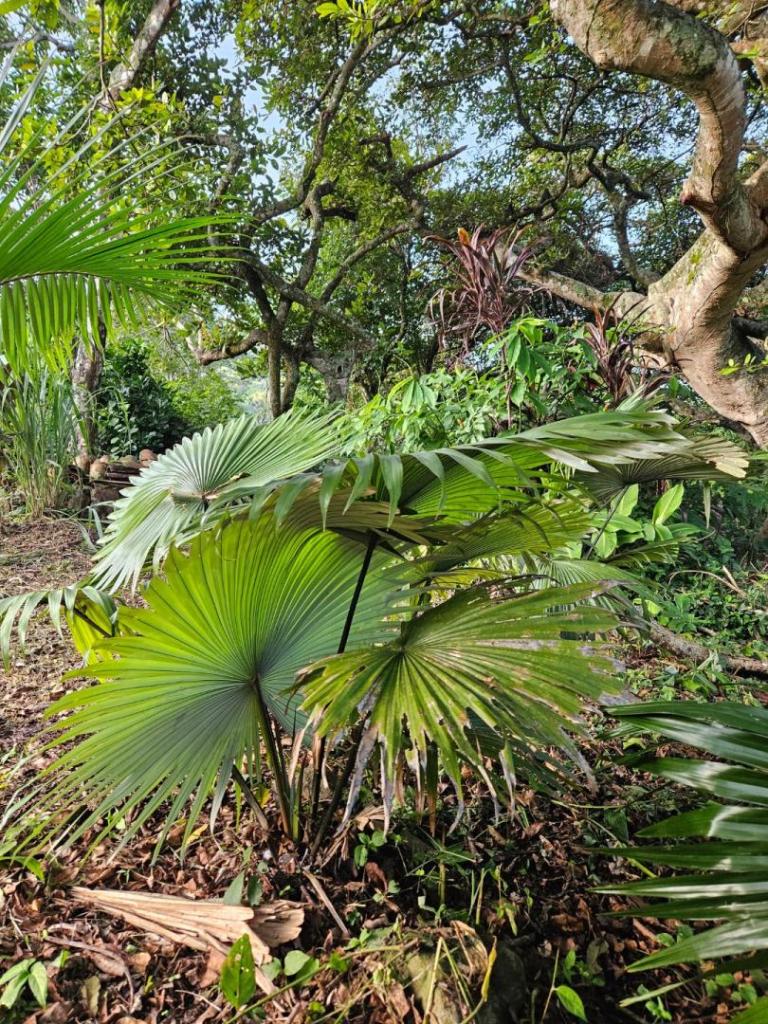




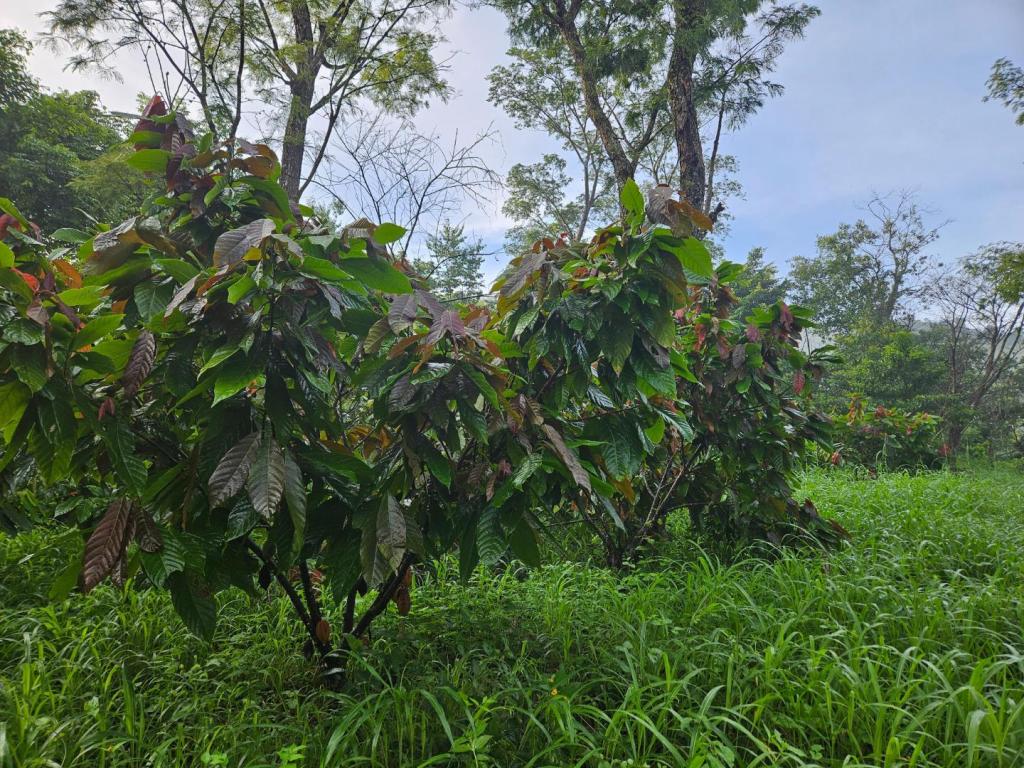




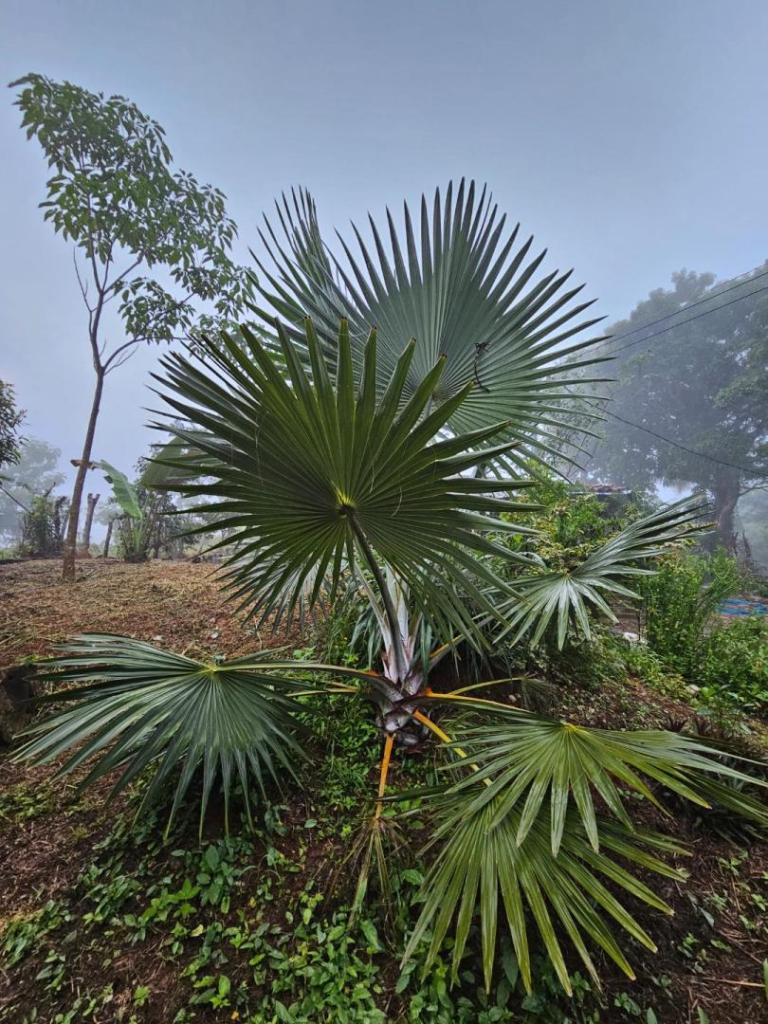











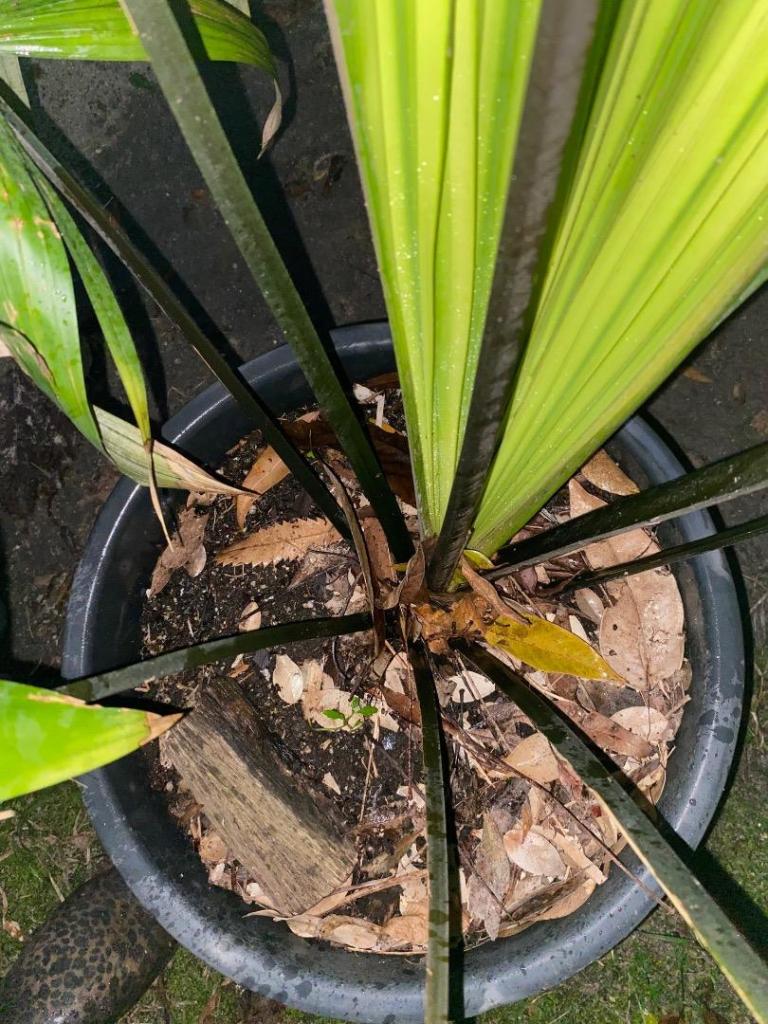
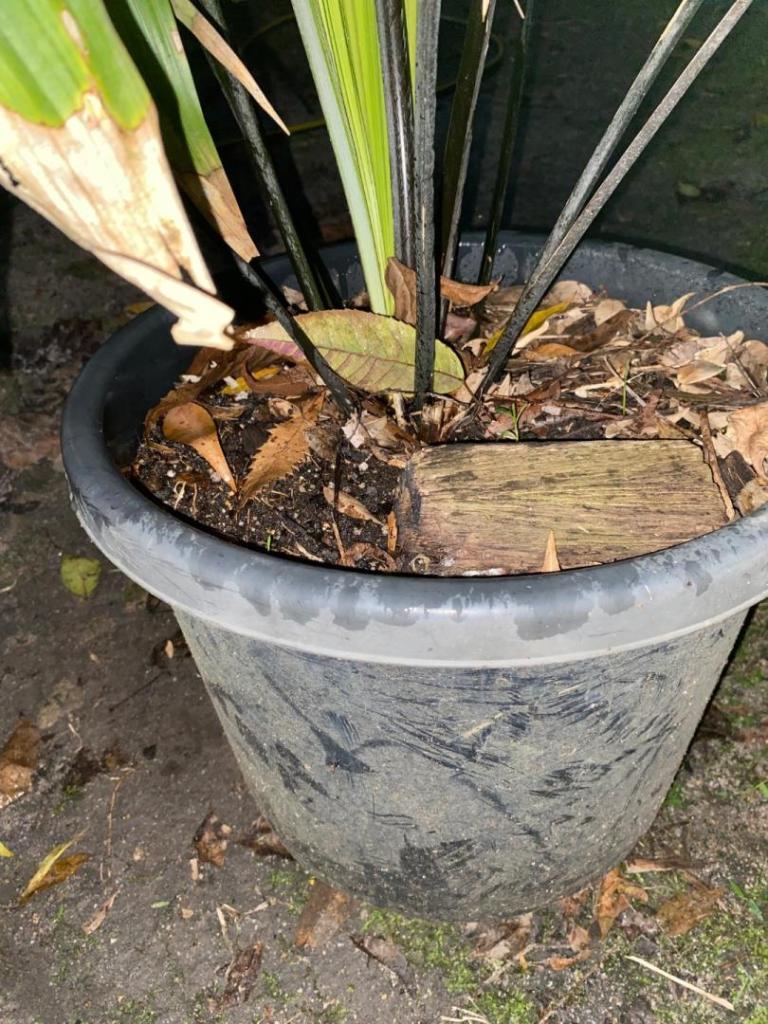
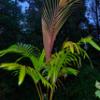



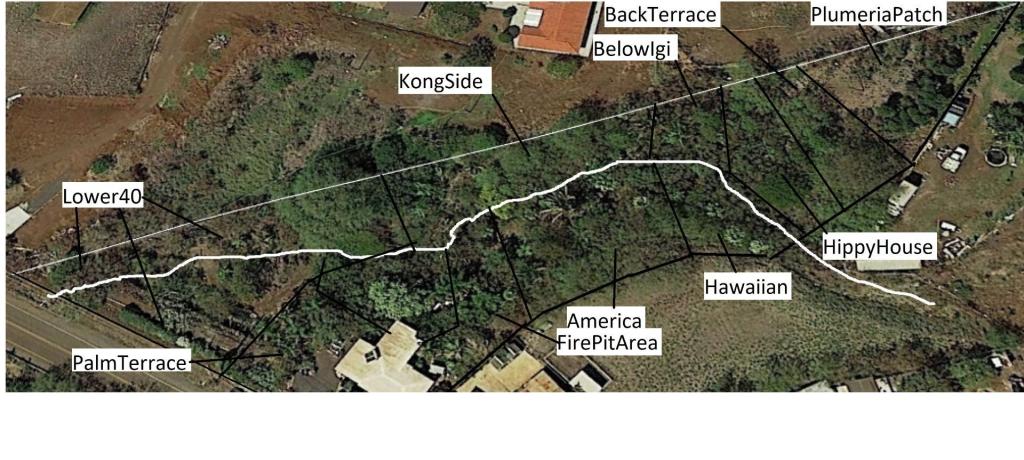
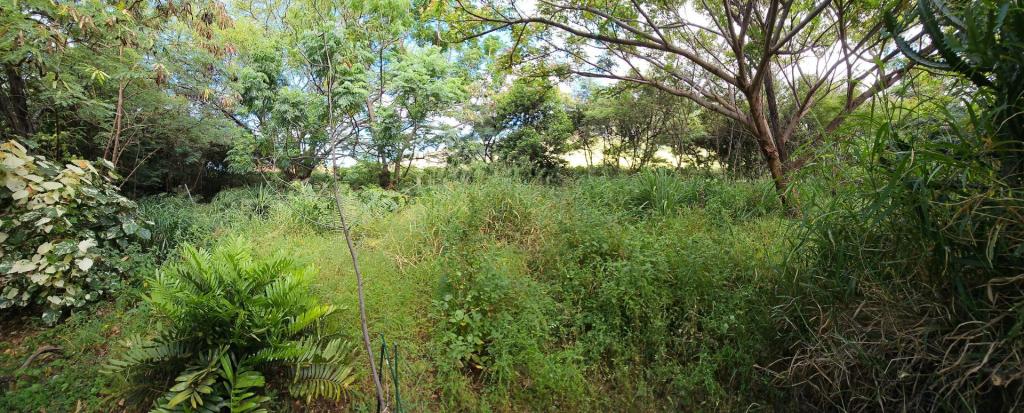


.thumb.jpg.f98e5066db1dec0358105c9c8eae8b39.jpg)





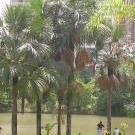
.jpg.0cf735c7525858af1582442942bc68e8.thumb.jpg.894f59a749fff01eb286c1fe4a50ab62.jpg)

.thumb.jpg.7bb90decc3ef6d398fb4b5c766e515bd.jpg)


